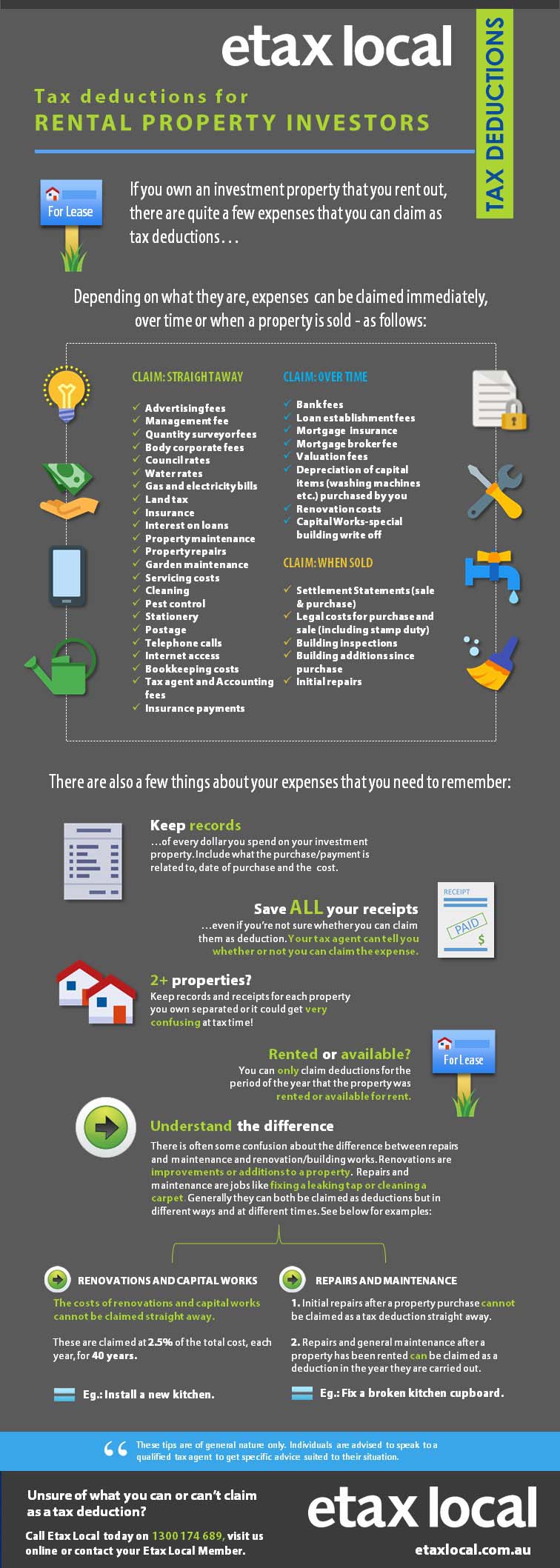Table of Content
535 for an explanation of how to determine the use of loan proceeds. First, any home equity debt not used to buy, build, or substantially improve the home. If you have home acquisition debt incurred after December 15, 2017, go to line 7. At all times during the year, at least 80% of the total square footage of the corporation's property is used or available for use by the tenant-stockholders for residential or residential-related use. Explain how to divide the excess interest among the activities for which the mortgage proceeds were used. If you received a refund of mortgage interest you overpaid in an earlier year, you will generally receive a Form 1098 showing the refund in box 4.

The home mortgage interest deduction reduces tax liabilities most for high-income taxpayers. Figure 2 shows the proportion of returns claiming the HMID and the amount of the total tax expenditure taken by income group. Joint Committee on Taxation estimates show that both the proportion of taxpayers that will claim the HMID and the amount of the tax expenditure taken will increase with income in 2018. Less than 4 percent of taxpayers earning less than $50,000 will claim the HMID, and these taxpayers will take less than 1 percent of the total tax expenditure.
The revised mortgage interest tax deduction
She is also a paralegal, specializing in areas of personal finance, bankruptcy and estate law. You don’t rent different parts of your home to more than two unrelated tenants during the year, although you can rent to two or more individuals who live together. Otherwise, this makes you a landlord subject to different tax rules.

That means forgoing the standard deduction for your filing status. You can itemize, or you can claim the standard deduction, but you can't do both. For example, if you got an $800,000 mortgage to buy a house in 2017, and you paid $25,000 in interest on that loan during 2021, you probably can deduct all $25,000 of that mortgage interest on your tax return.
Are Closing Costs Tax Deductible
12.Enter the total of the average balances of all mortgages from lines 1, 2, and 7 on all qualified homes. Otherwise, you can use Table 1 to determine your qualified loan limit and deductible home mortgage interest. On January 31, John began building a home on the lot that he owned. On November 21, John took out a $36,000 mortgage that was secured by the home. The mortgage can be treated as used to build the home because it was taken out within 90 days after the home was completed. The entire mortgage qualifies as home acquisition debt because it wasn't more than the expenses incurred within the period beginning 24 months before the home was completed.

To determine your average balance on both loans, TurboTax will also ask for the outstanding balance as of January 1, 2022. But if you use itemized deductions instead of claiming the standard deduction, you can deduct the interest you pay each tax year on mortgage debt. This includes any mortgage loan used to buy, build, or improve your home. The mortgage interest deduction is a tax incentive for homeowners. This itemized deduction allows homeowners to count interest they pay on a loan related to building, purchasing or improving their primary home against their taxable income, lowering the amount of taxes they owe.
When did the mortgage originate?
It includes discussions on points and how to report deductible interest on your tax return. Send tax questions, tax returns, or payments to the above address. Your deduction is limited to all mortgages used to buy, construct, or improve your first, and second home. Also, you may not deduct more than $10,000 in total taxes paid for property taxes and income or sales tax. You should receive Form 1098, the Mortgage Interest Statement, from your mortgage lender after the close of the tax year, typically in January. This form reports the total interest you paid during the previous year if it exceeds $600.

If you rent out your home for more than 14 days, you must report the income on your taxes. If you're required to report the income—and you don't—you'll be committing tax fraud, which can lead to fines and even jail time. The IRS can discover unreported rental income through tax audits triggered by random selection, computer screening, records matching, and third-party reporting. Taxpayers cannot deduct home mortgage interest from more than two homes, and the second home must be used by the taxpayer as a residence. Qualified residence means “the principle residence…of the taxpayer, and…1 other residence of the taxpayer which is selected by the taxpayer… used by the taxpayer as a residence.” See U.S. Code 26 § 163.
Reviewing How TCJA Impacted Mortgage Interest and State and Local Tax Deductions
So the limit on home acquisition debt under prior law was really $1.1 million, or $550,000 for those who use married filing separate status. Policymakers could make the deduction more efficient by narrowing the difference in effective marginal tax rates between owner-occupied housing and other forms of capital. To address distributional concerns, policymakers could make the deduction more available to low-income taxpayers by making the deduction a tax credit. Additionally, making the credit a fixed amount, instead of a percentage of a homeowner’s mortgage, could keep the tax code from encouraging the purchase of larger homes.

Full BioJean Folger has 15+ years of experience as a financial writer covering real estate, investing, active trading, the economy, and retirement planning. She is the co-founder of PowerZone Trading, a company that has provided programming, consulting, and strategy development services to active traders and investors since 2004. The IRS has used tax credits as incentives for homebuyers before, most recently during the housing crisis of 2009 and 2010. Some states still offer targeted tax credits to encourage home buying in specific areas.
Any secured debt you use to refinance home acquisition debt is treated as home acquisition debt. However, the new debt will qualify as home acquisition debt only up to the amount of the balance of the old mortgage principal just before the refinancing. Any additional debt not used to buy, build, or substantially improve a qualified home isn't home acquisition debt. If you're married filing separately and you and your spouse own more than one home, you can each take into account only one home as a qualified home. However, if you both consent in writing, then one spouse can take both the main home and a second home into account. For you to take a home mortgage interest deduction, your debt must be secured by a qualified home.
If your SSN has been lost or stolen or you suspect you’re a victim of tax-related identity theft, you can learn what steps you should take. Although the tax preparer always signs the return, you're ultimately responsible for providing all the information required for the preparer to accurately prepare your return. Anyone paid to prepare tax returns for others should have a thorough understanding of tax matters. For more information on how to choose a tax preparer, go to Tips for Choosing a Tax Preparer on IRS.gov. You can't deduct the amount of interest on line 16 as home mortgage interest. If you didn't use any of the proceeds of any mortgage included on line 12 of the worksheet for business, investment, or other deductible activities, then all the interest on line 16 is personal interest.
For instance, if a tax takes 3 percentage points of a 9 percent pretax rate of return, the EMTR on the asset would be 33.3 percent ((.09-.06)/.09). Assuming that the investment needed a 6 percent after-tax return in order to break even and satisfy investors, the investment’s rate of return needed to increase by 50 percent to cover the tax. With such low rates, mortgage payments are more affordable than ever. Homebuyers have not needed tax incentives to encourage buying or refinancing.
For debt secured after December 15, 2017, the limit is $750,000 ($375,000 if married filing separately). Home Equity Indebtednessis any other debt that is not acquisition indebtedness but is secured by the qualified residence. Interest paid or incurred on home equity indebtedness is generally deductible even if the proceeds were used for personal expenditures (i.e. taking out a home equity loan to purchase a vehicle). Only $100,000 of home equity indebtedness may be used in determining the allowable interest deduction ($50,000 if married filing separately).
Should the mortgage interest tax deduction affect your home buying decision?
This limit plummeted to $375,000 beginning with the 2018 tax year if you’re married and file a separate tax return from your spouse. If you have a second home and rent it out part of the year, you also must use it as a home during the year for it to be a qualified home. You must use this second home more than 14 days or more than 10% of the number of days during the year that the home is rented at a fair rental, whichever is longer. If you do not use the home long enough, it is considered rental property and not a second home.

No matter when the indebtedness was incurred, you can no longer deduct the interest from a loan secured by your home to the extent the loan proceeds weren't used to buy, build, or substantially improve your home. Here’s how to claim the home mortgage interest tax deduction and what to expect in the process. Look in your mailbox for Form 1098.Your mortgage lender sends you a Form 1098 in January or early February. It details how much you paid in mortgage interest and points during the tax year. Your lender sends a copy of that 1098 to the IRS, which will try to match it up to what you report on your tax return.

No comments:
Post a Comment